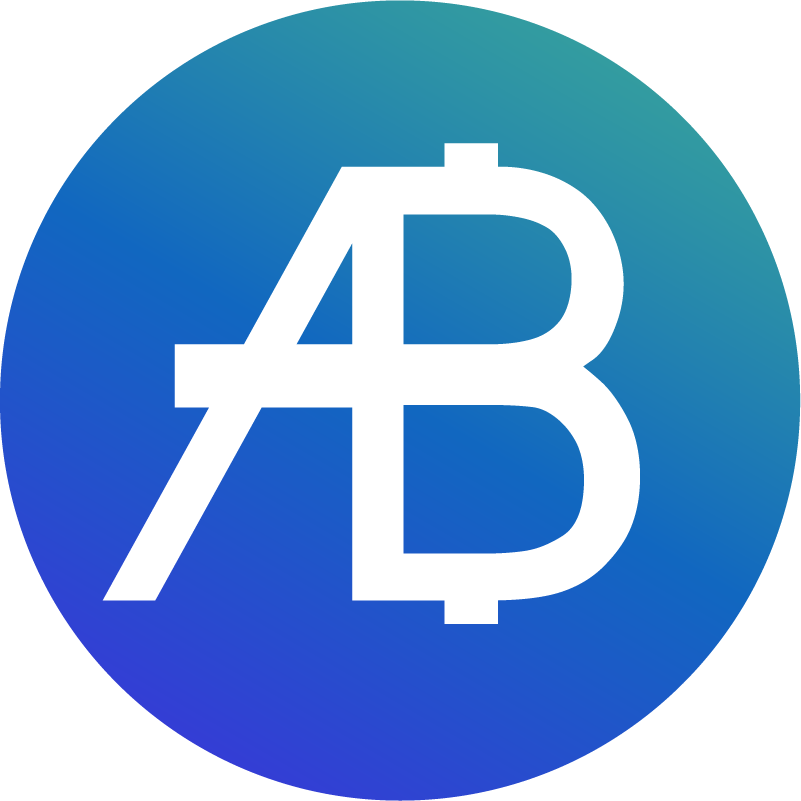What Does Sharding Mean in Blockchain

What Does Sharding Mean in Blockchain
Concept Introduction
In the world of blockchain and cryptocurrencies, innovation is relentless, and concepts that promise to solve pressing issues are always under the spotlight. One such concept is sharding. But what does sharding mean, and why is it a game-changer for blockchain technology? In essence, sharding is a method of partitioning, and it holds the promise of significantly boosting blockchain scalability and efficiency.
Sharding involves breaking up a database into smaller, more manageable pieces called shards. By distributing the burden of the blockchain across several independently verified entities, sharding allows for parallel processing, which significantly boosts the throughput of the overall network.
Historical Background or Origin
The concept of sharding isn’t new and originates from traditional databases long before blockchain was conceptualized. In traditional systems, sharding helps manage massive databases more efficiently by splitting them into smaller, faster-to-manage segments. The adoption of sharding within the blockchain environment is relatively recent, driven by the urgent need to handle increasing transaction loads without sacrificing performance.
Ethereum, one of the leading blockchain platforms, has been at the forefront of implementing sharding to counteract the scaling limitations inherent in blockchain infrastructure. The demand for this was primarily due to high transaction costs and delays during peak network activity.
Working Mechanism
The core principle of sharding in blockchain is distributing the database workload to enhance processing speed. Unlike a monolithic blockchain, where every node handles every transaction and records it on the ledgers, sharding divides the state of the network and handling of messages across different shards. Each shard acts as an independent blockchain and processes its own transactions, decentralized and simultaneously.
- Network Sharding: This divides the blockchain into separate networks or shards. Each shard contains unique nodes that do not duplicate the full data but rather a portion, so they validate only the transactions in their shard.
- Transaction Sharding: Applicable to executing transactions within shards. Each transaction is processed in only one shard, and inter-shard transactions are coordinated to maintain consistency.
- State Sharding: Each shard maintains only its section of the state. This requires robust synchronization across shards to avoid data discrepancies.
Benefits or Advantages
The adoption of sharding comes with several compelling advantages that could push blockchain technology to new heights of efficiency and usability.
Enhanced Scalability
Sharding breaks through the scalability ceiling by allowing simultaneous processing of transactions, hugely increasing throughput. This addresses one of the critical bottlenecks of blockchain networks by enabling them to handle a much larger volume of transactions.
Cost Effectiveness
By enhancing network scalability, sharding reduces congestion, which directly cuts the transaction fees users need to pay during peak times. This makes blockchain networks more usable and attractive to a wider user base.
Decentralization Preserved
Unlike some scaling solutions that risk centralization, sharding maintains the decentralized ethos of blockchain. Each shard remains independently managed by its validators, ensuring that no centralized control over the network occurs.
Energy Efficiency
Through more effective data management and transaction processing, sharded blockchains can achieve a higher transaction per second rate without proportional increases in energy consumption, aligning with the growing need for sustainable modern technologies.
Conclusion or Future Outlook
As we peer into the future of decentralized technology, sharding stands out as a beacon of innovation with the potential to transform blockchain landscapes. Its proper implementation could resolve not just Ethereum's scalability issues but also set a progressive precedent for other blockchain projects.
However, the road to fully operational sharding is not without challenges. Inter-shard communication, security concerns, and straightforward integration into existing systems remain areas of active development and research. Yet, each advancement brings the vision of a scalable, accessible, and efficient blockchain network closer.
Adopting a groundbreaking technique like sharding signals a step towards bridging the gap between theoretical potential and practical application in blockchain technology, marking a new chapter for scalability and real-world usability.
As these advancements unfold, platforms that adapt and evolve, such as Bitget Wallet, will play a significant role in driving broader acceptance and usage of this new paradigm within the cryptocurrency world. Sharding's promise may soon be realized as it shifts from an innovative concept to a standard feature in the blockchain arsenal, promising an exciting future with limitless possibilities.
Latest articles
See moreAbout author
I'm CryptoVoyager Nexus, a bilingual explorer navigating the blockchain universe. Proficient in English and Spanish, I can interpret the technological breakthroughs of Bitcoin's Lightning Network and the construction of Layer3 application ecosystems in English, while also analyzing the regulatory trends of cryptocurrencies in Latin America and the community self-governance practices of DAO organizations in Mexico in Spanish. Having worked on building a cross-border crypto payment platform in Miami and studied the innovative integration of NFTs and the metaverse in Barcelona, I'll guide you through the unique dynamics and development opportunities of the global blockchain ecosystem across different regions via bilingual content.



















